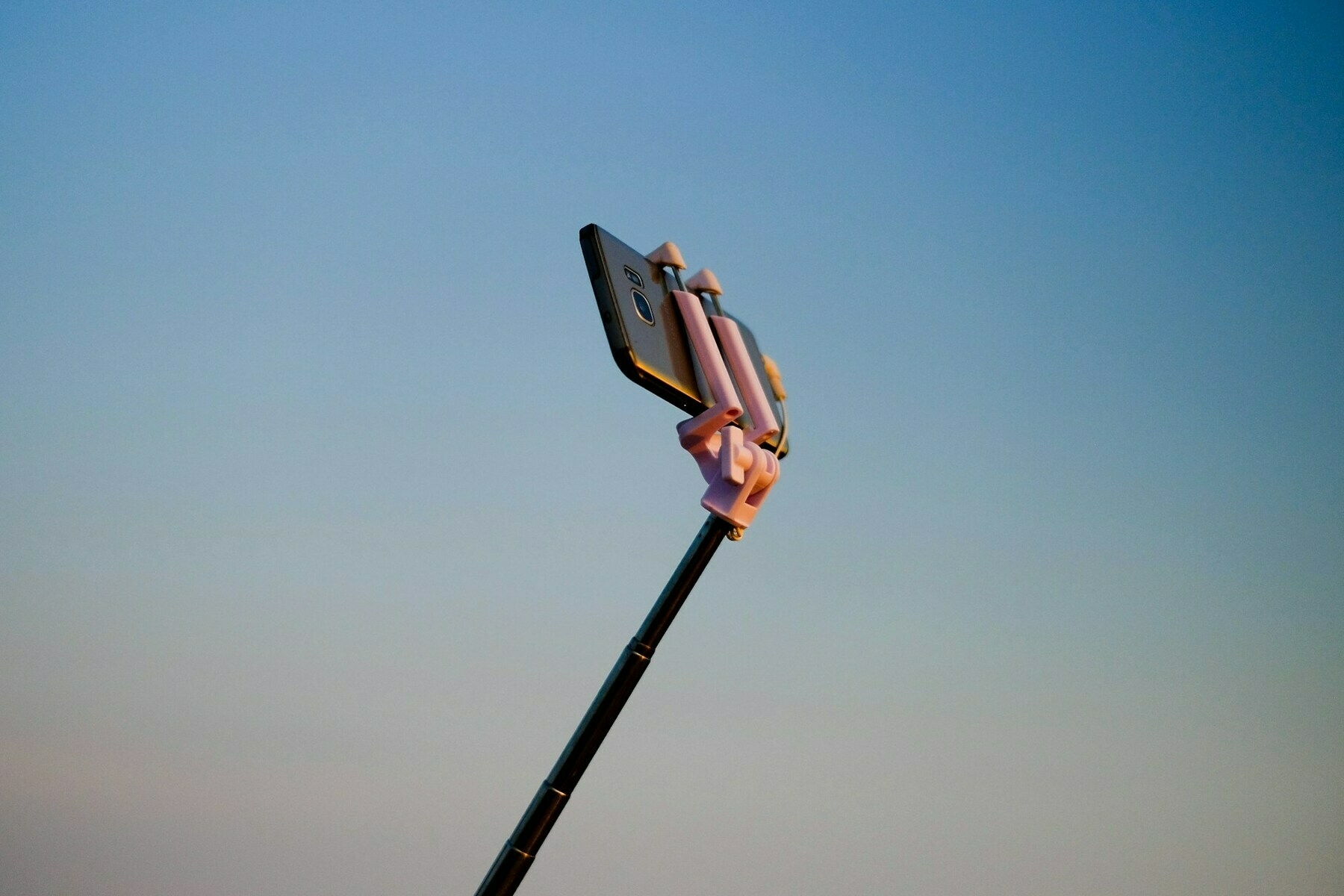The money extracted from fans who snap up their mediocre commodities out of parasocial loyalty

I’m sharing this post because I disagree with it; I think the author perhaps doesn’t see the bigger picture. The key point made by W. David Marx, who by his author photo looks about mid-forties, is that back in the 90s there was an ethical principle not to “sell out.” This was followed by artists first “selling out” and now we’re in the realm of the “double sell out.”
The reason I mention Marx’s age is that, like me, his teenage years were probably in the 1990s, and there’s a tendency to romanticise one’s youth. Especially when that decade was such a transitional time.
In the 1990s, there was a single ethical principle at the heart of youth culture — don’t sell out. There was a logic behind it: When artists serve the commercial marketplace, they blunt their pure artistic vision in compromising with conventional tastes. This ethic was also core to subcultures, which were supposed to be social spaces for personal expression and community bonding, not style laboratories for the fashion industry.
[…]
The 20th century taboo against selling out was, at its heart, a communal norm to reward young artists who focused on craft and punish those who appropriated art and subculture for empty profiteering. Now the culture is most exemplified by people whose entire end goal appears to be empty profiteering.
While what Marx is saying here isn’t wrong I do think it misses the fact that our whole socio-economic and political systems are different in the 2020s than they were in the 1990s. We live in a time which is post 9/11, the financial crash of 2007/8 and, of course, Covid. It’s a time of individualism, declining mainstream news media, conspiracy theories, and of technology mediating most interactions. This in turn, has led to the normalisation of parasocial relationships. Influencers and the like are symptoms rather than causes.
I don’t particularly like this aspect of ‘culture’ in 2025, but to point the finger at the next generation for the being ‘double sell outs’ misses the point. It’s a form of victim-blaming.
At this point, the new ideal for an artistic career is what I’d call the “single sell-out.” The artist was “allowed” to make a few commercial compromises to gain attention in the increasingly competitive marketplace, but once they achieved fame and fortune, they were expected to use their vaulted platform to provide the world with meaningful and ground-breaking art. This actually did happen: The Neptunes leveraged their strong track record of pop hits to push legitimately bizarre minimalist tracks like Clipse’s “Grindin’” and Snoop Dogg’s “Drop It Like It’s Hot.” Beyoncé’s “Formation” was musically adventurous, and the video is now considered “the best of all time.”
Unfortunately these examples became rarer and rarer over time. In fact, the 21st century has been the age of the “double sell-out”: Creators who produce market-friendly content to achieve fame — and then use that fame to pursue even more commerce-for-commerce’s-sake. MrBeast is arguably one of the most important “creators” of our times. He dreams up, produces, and directs elaborate and sensational video content, which made him the #1 channel on YouTube. He then used this world-historical level of fame… to open a generic fast food chain. This has also become common amongst established stars: George Clooney worked hard for decades to become a well-respected actor… who could take the lead role in a Nespresso commercial.
[…]
If we want culture to be culture and not just advertorials for a sprawling network of micro-QVCs pumping out low-quality goods, an easy step would be to re-shift the norms towards, at least, “Don’t be a double sell-out.” This is already a quite generous compromise in that it blesses artists to be conventional to stabilize their income and try to win over large fanbases. But this esteem must be given on the promise that the money and fame are used in pursuit of artistic or creative innovation. Double sell-outs don’t deserve our esteem as “creative” people. They should be content with the reward they chose: the money extracted from fans who snap up their mediocre commodities out of parasocial loyalty.
Source: CULTURE: An Owner’s Manual
Image: Steve Gale